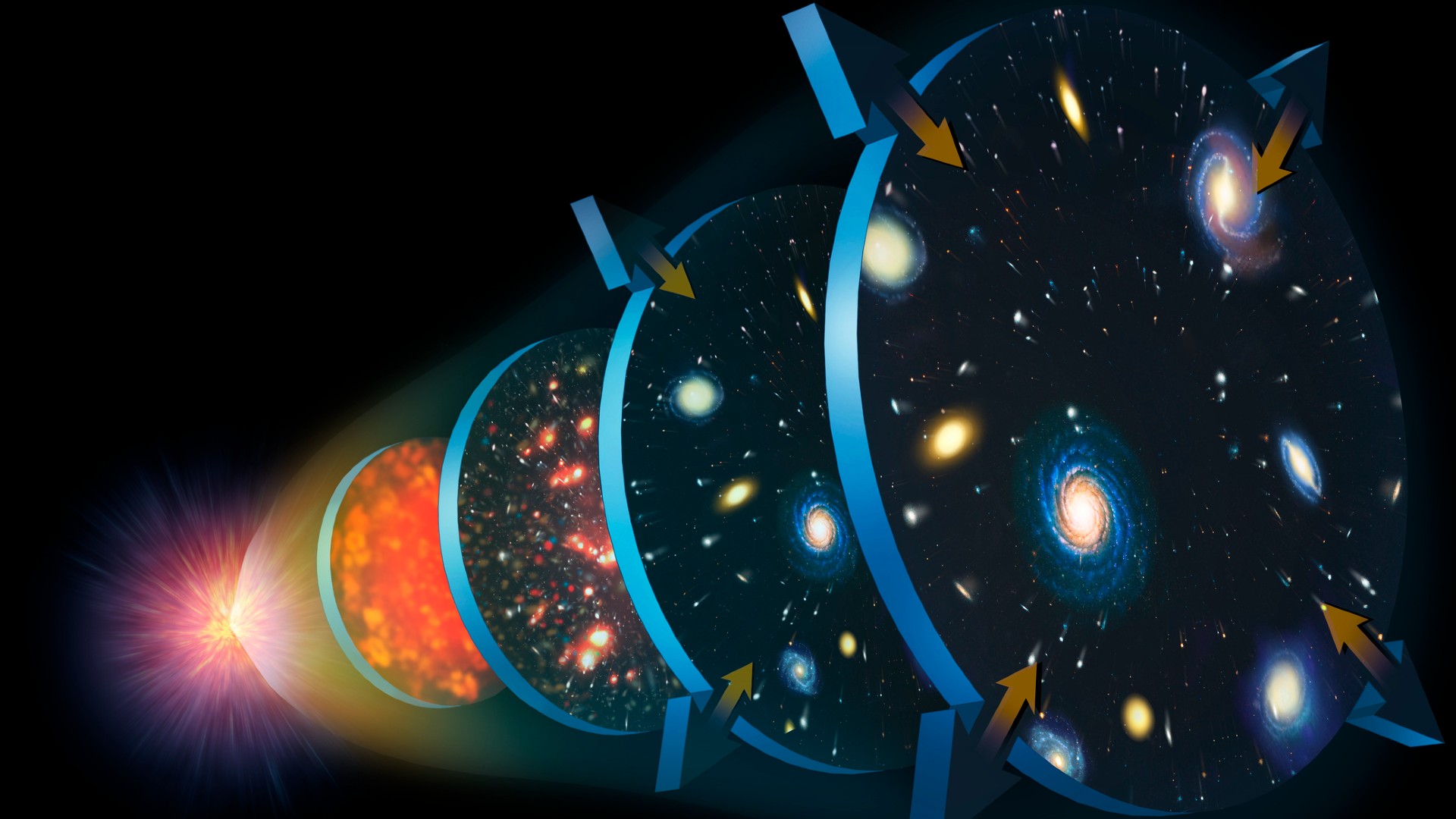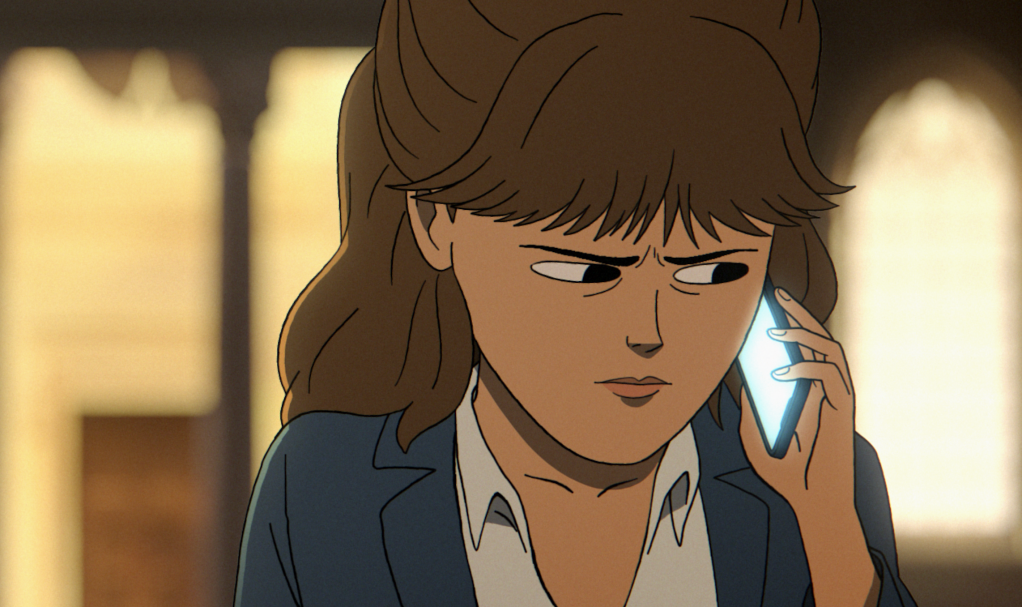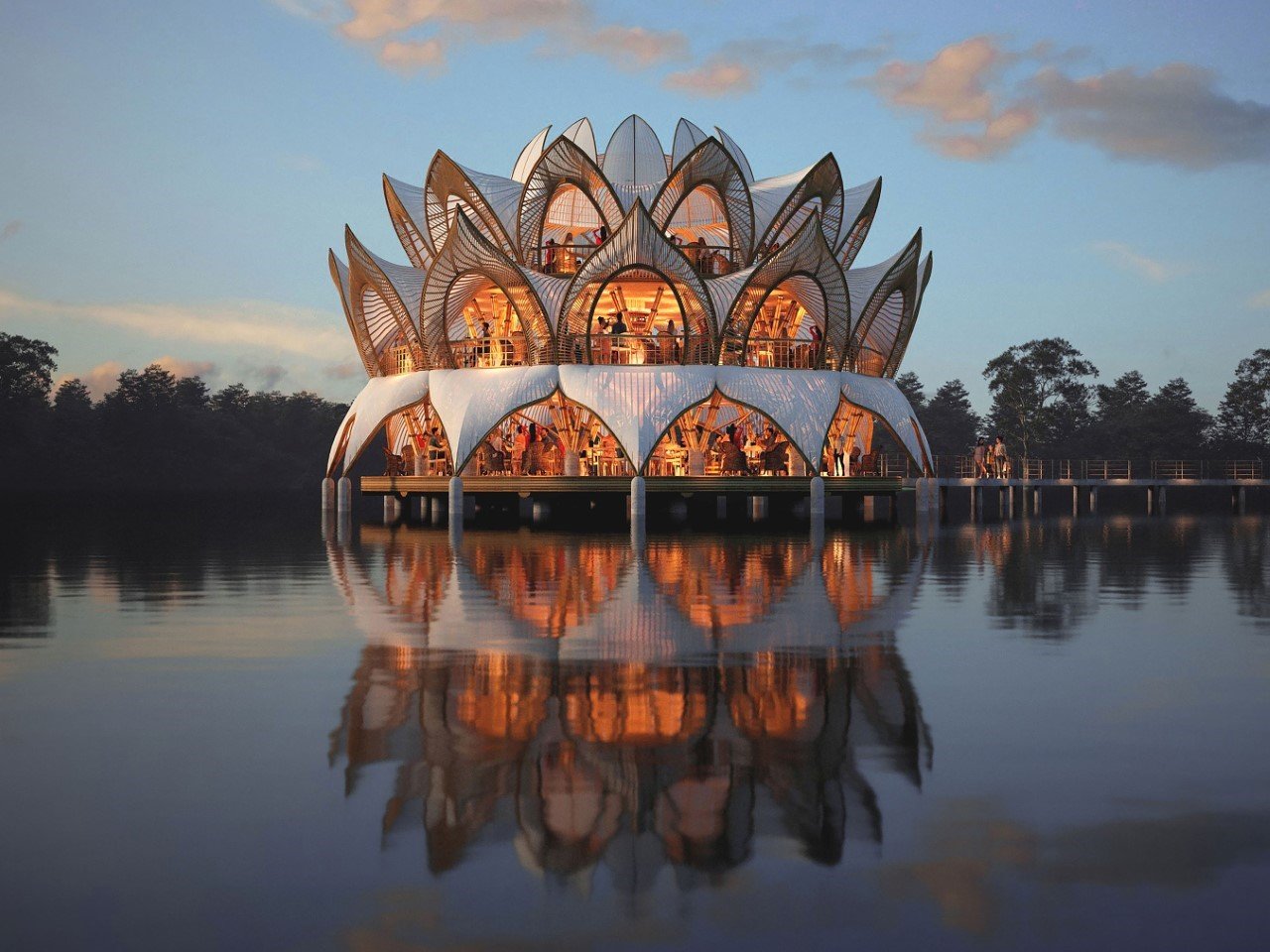Preview: Combat in Prisma Promises Style and Complexity
In June 2024, Dreams Uncorporated (the developers of Cris Tales from 2021) unveiled Prisma, a 2D turn-based single-player JRPG that uses camera lens, angles, and filters in its gameplay. From what I could experience in this early access build, the combat has a layer of innovative complexity that allows for a different way of approaching strategy than the turn-based RPG. According to the developers, Prisma focuses on journalist Alma, who shares her consciousness with multiple parallel versions of herself. These different versions of Alma all have their own personalities and distinct abilities. Some are friendly allies, while others are NPCs. Alma might also have to fight against antagonistic versions of herself. With the help of her camera, Alma seeks to solve the mystery of the multiverse. Screenshot by Siliconera In the early access build I played, combat was the priority. You can choose between an endless run against random enemies (with the game healing you after each wave), or a boss battle. The boss battle ends with a confrontation between Alma Fashion, Alma Tech, and Alma Omega. I'm excited to learn more about this multiverse story, and why these different versions of Alma are fighting each other. While the basic flow of combat is similar to other turn-based JRPGs, the open field and freedom in choosing the direction of your attacks lends to an extensive repertoire of tactics. In the final version of the game, swapping lens and filters on Alma’s camera will give you more options, too. I got a taste for how that will work when setting down Robot’s Reflective Wall. This creates a barrier at any point I decide on the ally side of the battlefield, and it reflects every single attack that hits it, including my own. Depending on where I place the wall in front of or in between my characters, they could hit enemies they couldn’t before. I could even ricochet a projectile off this wall to hit an enemy in the back lines without having to use a piercing move to get through the front line defenders. Screenshot by Siliconera The player isn't a static observer in combat either. Aside from ordering your characters to do things, you also need to press a button in time sort of like a QTE. This'll increase how much damage you deal, as well as decrease how much damage you take. Some newer RPGs like Yakuza: Like a Dragon incorporated this type of battle system, and it works well here as well. Winter's Piercing Attack required a different type of input than the usual, which keeps it from becoming too one-note. Prisma’s visuals and sound design add to the stylish vibe of the game. It boasts a cool blend of magical realism and the mid-2000s pseudo-Japanese aesthetic that’s reminiscent of shows like Teen Titans and brands like tokidoki. The animations for skills are really smooth, too. If the game looks like this in such an early build, I look forward to how it’ll develop in future versions of it. The one thing is that even after charging enough energy for what I assume is an ultimate attack, the game did not recognize my control inputs. I’m not sure if this is a bug or if this part of the game is incomplete. Image via Dreams Uncorporated Though the build for Prisma I played was still in the early stages, it’s exciting to see the new innovations that Dreams Uncorporated will introduce to the turn-based genre. RPGs can be difficult, since there’s so many things that players will look for in a game. A fun and polished battle system might be enough to make up for a weak story. Conversely, a strong narrative can cover up flaws in the gameplay. Since the foundation already looks sound, I hope that Prisma’s story and character writing can help it stick the landing as development continues. Prisma is in development for the Windows PC. There’s no information on the release window or if it’ll appear on other platforms yet. The post Preview: Combat in Prisma Promises Style and Complexity appeared first on Siliconera.
![]()
In June 2024, Dreams Uncorporated (the developers of Cris Tales from 2021) unveiled Prisma, a 2D turn-based single-player JRPG that uses camera lens, angles, and filters in its gameplay. From what I could experience in this early access build, the combat has a layer of innovative complexity that allows for a different way of approaching strategy than the turn-based RPG.
According to the developers, Prisma focuses on journalist Alma, who shares her consciousness with multiple parallel versions of herself. These different versions of Alma all have their own personalities and distinct abilities. Some are friendly allies, while others are NPCs. Alma might also have to fight against antagonistic versions of herself. With the help of her camera, Alma seeks to solve the mystery of the multiverse.
In the early access build I played, combat was the priority. You can choose between an endless run against random enemies (with the game healing you after each wave), or a boss battle. The boss battle ends with a confrontation between Alma Fashion, Alma Tech, and Alma Omega. I'm excited to learn more about this multiverse story, and why these different versions of Alma are fighting each other.
While the basic flow of combat is similar to other turn-based JRPGs, the open field and freedom in choosing the direction of your attacks lends to an extensive repertoire of tactics. In the final version of the game, swapping lens and filters on Alma’s camera will give you more options, too. I got a taste for how that will work when setting down Robot’s Reflective Wall. This creates a barrier at any point I decide on the ally side of the battlefield, and it reflects every single attack that hits it, including my own. Depending on where I place the wall in front of or in between my characters, they could hit enemies they couldn’t before. I could even ricochet a projectile off this wall to hit an enemy in the back lines without having to use a piercing move to get through the front line defenders.
The player isn't a static observer in combat either. Aside from ordering your characters to do things, you also need to press a button in time sort of like a QTE. This'll increase how much damage you deal, as well as decrease how much damage you take. Some newer RPGs like Yakuza: Like a Dragon incorporated this type of battle system, and it works well here as well. Winter's Piercing Attack required a different type of input than the usual, which keeps it from becoming too one-note.
Prisma’s visuals and sound design add to the stylish vibe of the game. It boasts a cool blend of magical realism and the mid-2000s pseudo-Japanese aesthetic that’s reminiscent of shows like Teen Titans and brands like tokidoki. The animations for skills are really smooth, too. If the game looks like this in such an early build, I look forward to how it’ll develop in future versions of it. The one thing is that even after charging enough energy for what I assume is an ultimate attack, the game did not recognize my control inputs. I’m not sure if this is a bug or if this part of the game is incomplete.
Though the build for Prisma I played was still in the early stages, it’s exciting to see the new innovations that Dreams Uncorporated will introduce to the turn-based genre. RPGs can be difficult, since there’s so many things that players will look for in a game. A fun and polished battle system might be enough to make up for a weak story. Conversely, a strong narrative can cover up flaws in the gameplay. Since the foundation already looks sound, I hope that Prisma’s story and character writing can help it stick the landing as development continues.
Prisma is in development for the Windows PC. There’s no information on the release window or if it’ll appear on other platforms yet.
The post Preview: Combat in Prisma Promises Style and Complexity appeared first on Siliconera.














































































